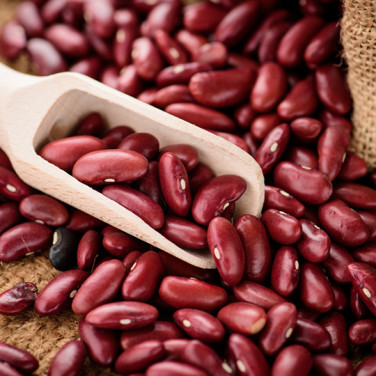FOOD
Can Dogs Eat Taro? Why You Should Avoid Feeding Taro to Your Dog
페이지 정보
본문


Can dogs eat taro? NO!
Taro, a nutritious root vegetable native to Southeast Asia, is commonly used in human foods such as pudding and poi. However, it is important to note that dogs should not consume taro as it contains toxic compounds. This trendy vegetable, sometimes called the "potato of the tropics,” has an edible root that is toxic to dogs and even humans unless it is properly prepared. While the plant's heart-shaped leaves are safe, it is essential to keep the root off the menu for your pet. If your dog accidentally ingests taro, it is important to take immediate action.
Why dogs shouldn't eat taro
Although taro contains several health-boosting nutrients when cooked adequately, it's harmful to dogs because it contains insoluble calcium oxalate, which can cause digestive issues and kidney damage. While this ingredient is somewhat safe for humans, dogs should not be fed taro because their kidneys are weaker and cannot detoxify toxins as well as we can. Instead of giving taro to your dog, consider adding other dog-safe fruits and vegetables like blueberries or carrots to their diet in moderation!
What is calcium oxalate?
Calcium oxalate is a toxic component commonly found in many plants, and when ingested by dogs, it can combine with various minerals to form needle-like and sharp stones that cause pain in the kidneys and tear the soft lining of the mouth, leading to various oral diseases, swelling of the esophagus, choking hazard, and stomach wounds. Furthermore, the insoluble oxalate crystals in taro can cause severe irritation and swelling in the mouth and gastrointestinal tract of dogs, as well as the formation of urinary crystals and kidney damage in humans. Additionally, the soluble form of oxalate is linked to hypocalcemia, kidney failure, and other systemic problems, making it important to be aware of the potential dangers of calcium oxalate ingestion in both dogs and humans.

Signs that your dog ate some taro
Recognizing changes in your dog's behavior is the best way to identify if they have ingested something harmful. Understanding your dog's regular habits and demeanor when they are healthy can help you detect any unusual behavior. In the case of consuming taro, the symptoms exhibited by the dog can vary based on various factors such as the quantity consumed, whether it was cooked or raw, and the dog's age, body weight, and overall health. Although some foods may not be extremely harmful to dogs, they can still cause vomiting and diarrhea.

Symptoms to look out for if your pet has eaten some taro:
- Drooling
- Vomiting and diarrhea
- Oral irritation and pain
- Changes in urination
- Increased water intake
- Shortness of breath
- Cramping and abdominal pain
- Crying or whining
- Difficulty swallowing
If your dog shows any of these reactions, please visit your nearest veterinary clinic for immediate treatment.
Can dogs eat cooked taro?
Calcium oxalate in taro can be drastically reduced when fully cooked, there is no comprehensive study on the potential effects of cooked taro consumption in dogs. As a precaution, it is recommended to avoid feeding taro to your dog in any form to prevent any potential damage to their kidneys. It's best to refrain from feeding your dog taro and consider alternative dog-friendly fruit and vegetable options.
What to do if your dog ate some taro
If your dog has eaten taro, it's important to remain calm and contact your veterinarian immediately. Monitor their symptoms and ensure that they are hydrated while you take the next steps your veterinarian provides. The symptoms your dog experiences from eating taro may vary depending on factors such as the amount and type of taro ingested, as well as the dog's age and weight. Raw taro contains more calcium oxalate than cooked taro, so it's important to take note of this as well. Smaller puppies may also be more susceptible to plant toxins.
To properly evaluate the situation, check if your dog has actually eaten taro and how much of it they have consumed. Do not hesitate to contact your veterinarian immediately and provide them with as much information as possible while staying calm. Your veterinarian will be able to advise you on the next steps you need to take to make sure your pet is okay. If the effects are severe, a visit to the vet is highly recommended for treatment to help flush out their kidneys. They may prescribe medication and induce vomiting as well if necessary. Remember that prompt action is crucial to your dog's health and well-being.
Curious if you can feed your dog other foods besides taro?

Does your dog also look up at you with those puppy dog eyes whenever you are snacking on something? You know foods like chocolates should not be shared with them but do you search the Internet every time if it’s okay to share a bite of whatever you are eating? The Buddydoc Food Dictionary provides information on hundreds of foods that we consume and informs you whether it is safe for them to consume and the nutritional benefits for your pet. If you're curious about other foods, try searching on Buddydoc!













